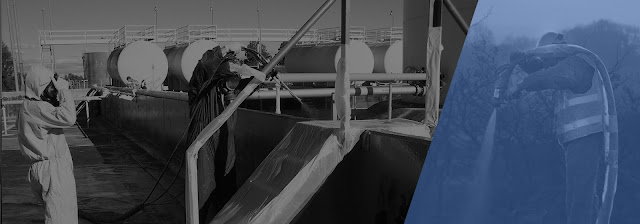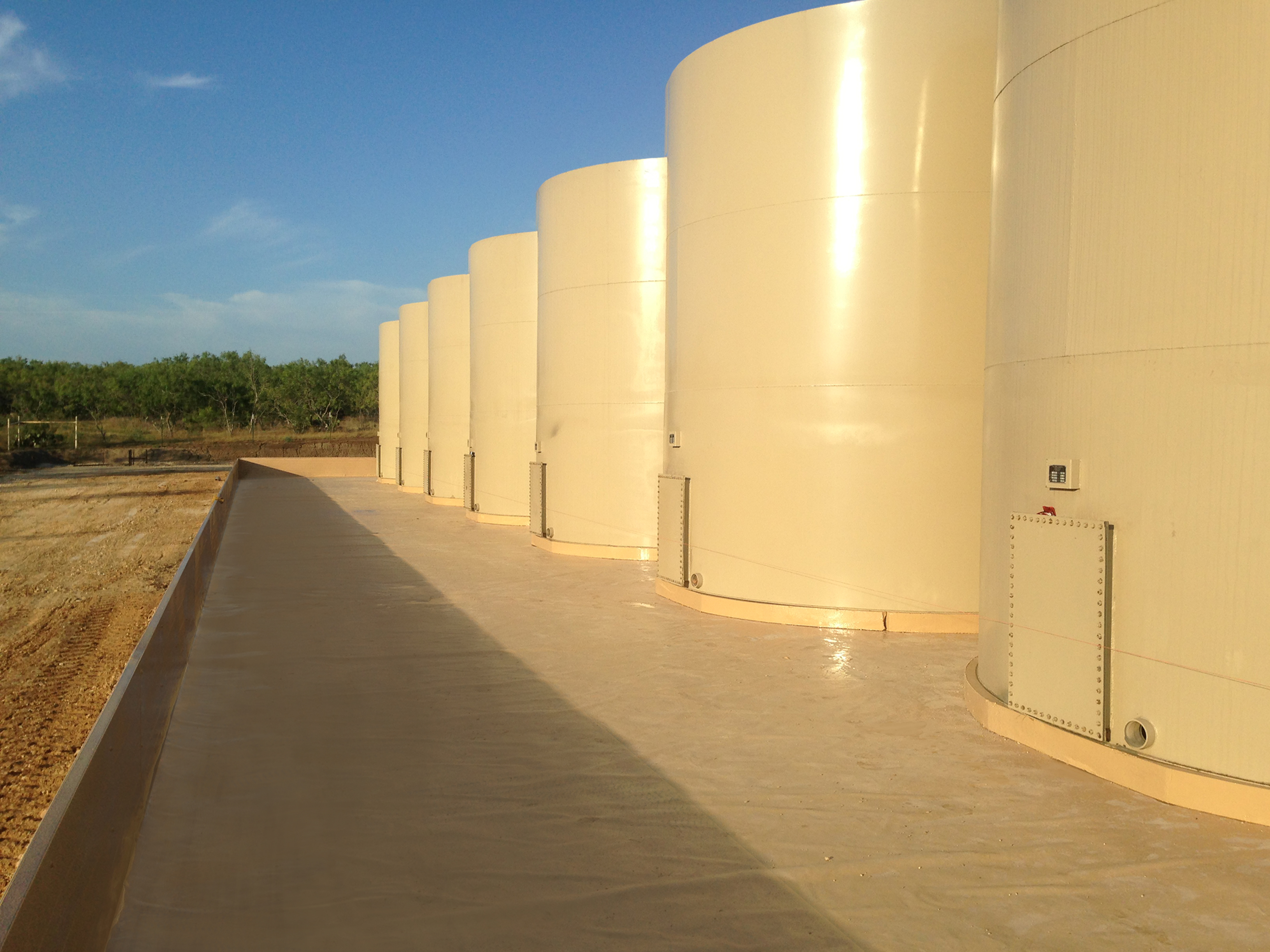
In
industries such as oil and gas, pharmaceuticals, and chemical
manufacturing, the storage and transportation of hazardous materials is a
critical concern. Ensuring the safety and integrity of storage tanks,
pipelines, and other containment systems is essential to prevent leaks,
spills, and potential disasters. Primary containment coating techniques
play a pivotal role in providing an effective barrier against corrosion,
erosion, and chemical degradation, safeguarding the environment
and the workforce. This blog post will explore primary
containment coating techniques and their importance in maintaining
safety and protection.
What is Primary Containment?
Primary containment is the first line of defense in preventing hazardous
substances from escaping or contaminating the surrounding environment.
It includes storage tanks, vessels, pipes, and other equipment that houses and transports hazardous materials. Coatings are applied to the surfaces that come into contact with the stored substances to ensure the integrity of primary containment systems. These coatings create a
protective barrier, preventing corrosion, erosion, and chemical
degradation, thereby reducing the risk of leaks and spills.

Types of Primary Containment Coating Techniques:
1.
Tank Linings: Tank linings are applied to the interior surfaces of
storage tanks to protect them from corrosion and chemical degradation.
These coatings typically include epoxy, polyurethane, and other
specialty coatings that can resist the specific chemicals stored within
the tank. The application of tank linings prevents the substances from corroding the tank walls and protects the stored
materials from contamination.
2. Pipeline Coatings: Pipelines are crucial for transporting hazardous materials over long
distances. Coatings applied to the exterior of pipelines provide
protection against corrosion and mechanical damage. Common pipeline
coating techniques include fusion-bonded epoxy (FBE), three-layer
polyethylene (3LPE), and three-layer polypropylene (3LPP) coatings.
These coatings withstand harsh environmental conditions, resist the
physical stresses of transportation, and ensure the longevity and safety
of the pipeline.
3. Concrete Coatings: Concrete is widely used
in constructing containment systems due to its strength and
durability. However, concrete is not inherently resistant to chemical
attack. Coating concrete surfaces with specialized epoxy, polyurethane,
or polyurea coatings provides a protective barrier against chemical
degradation, preventing damage and enhancing overall structural
integrity.

Benefits of Primary Containment Coatings:
1.
Enhanced Safety: The primary purpose of containment coatings is to
protect both the environment and the workforce. By preventing leaks,
spills, and potential accidents, these coatings significantly reduce the
risk of exposure to hazardous substances, ensuring the safety of all
stakeholders.
2. Corrosion Protection: Corrosion is a significant
threat to containment systems, particularly in harsh environments.
Primary containment coatings act as a barrier, preventing corrosive
substances from attacking the surfaces of tanks, pipelines, and other
equipment. This protection extends the lifespan of the containment
systems, reducing the need for frequent repairs or replacements.
3.
Cost Savings: Investing in primary containment coatings can result in
substantial cost savings in the long run. These coatings minimize the need for expensive repairs, maintenance, and potential environmental cleanup by preventing leaks, spills, and corrosion-related damages.
4.
Regulatory Compliance: Industries dealing with hazardous materials are
subject to stringent safety regulations. Implementing primary
containment coating techniques ensures compliance with these
regulations, avoiding penalties, legal issues, and reputational damage.
Conclusion:
Primary
containment coating techniques are essential for the safety,
protection, and longevity of storage tanks, pipelines, and other
containment systems. By providing a robust barrier against corrosion,
erosion, and chemical degradation, these coatings safeguard the
environment, the workforce, and the infrastructure. Investing in the
right primary containment coatings not only prevents leaks, spills, and
accidents but also ensures regulatory compliance and long-term cost
savings. The application of these coatings should be done by experienced
professionals who understand the specific requirements of the materials
stored, the operating conditions, and the local regulations.















